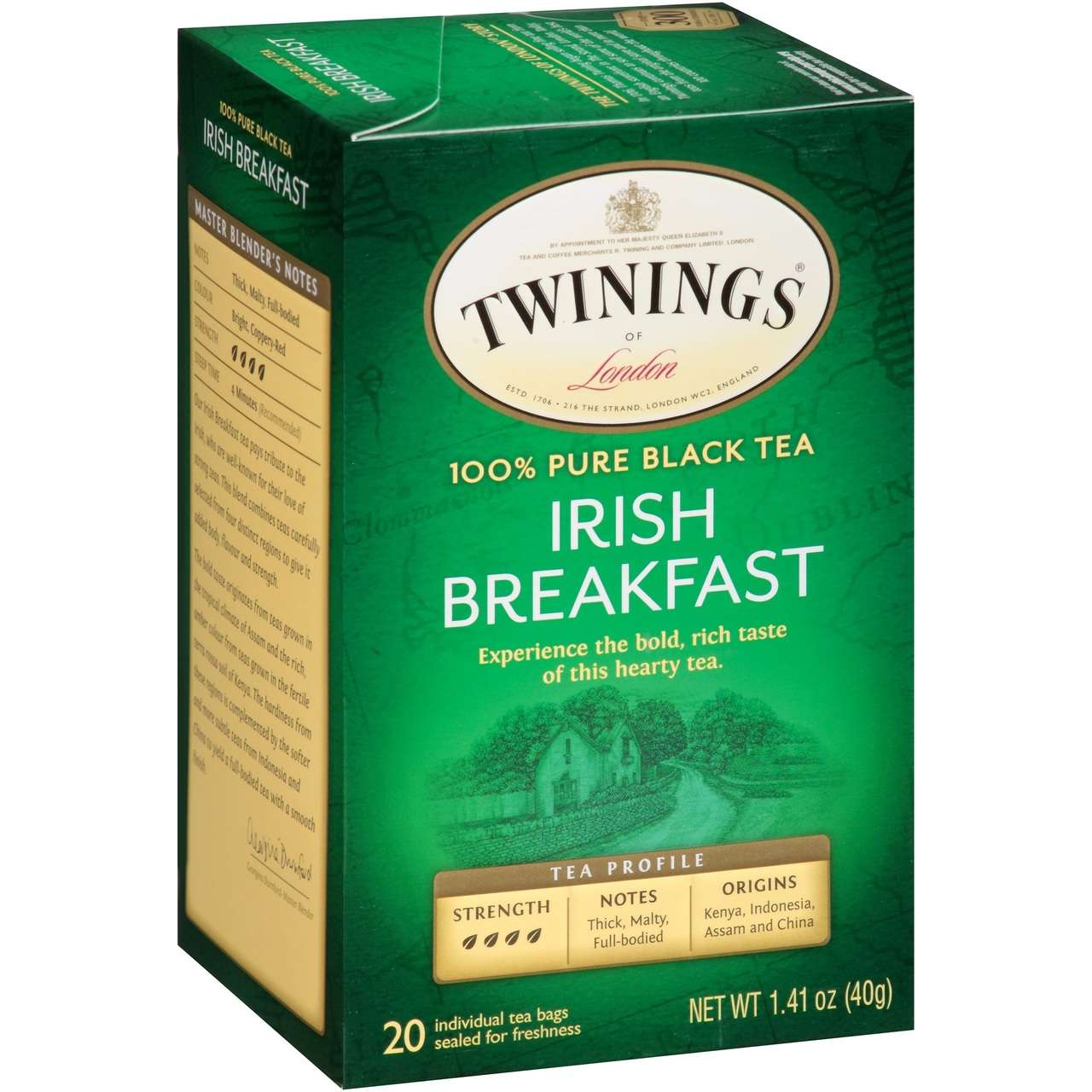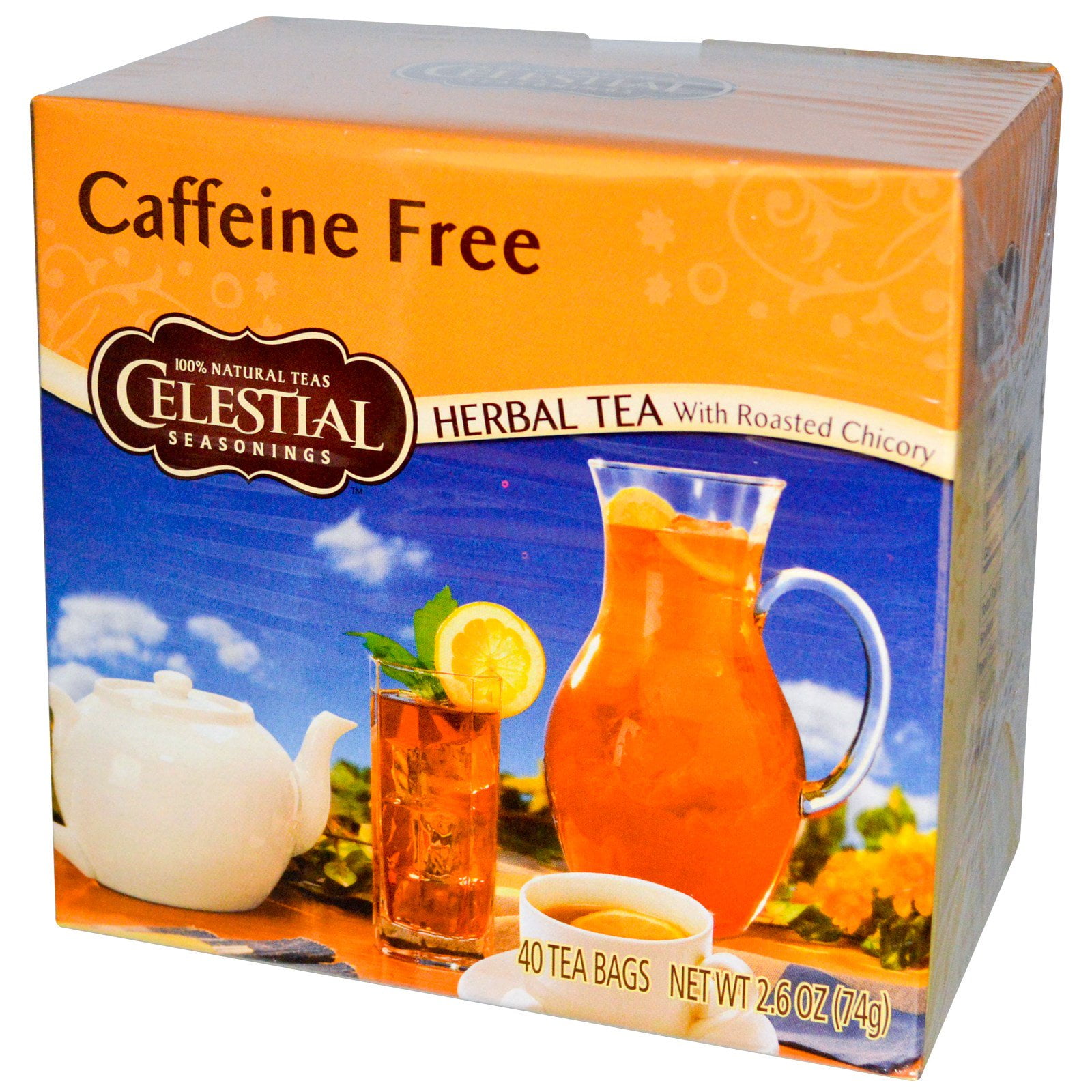

Teas like Matcha and other high quality Japanese teas are high in caffeine because this is generally the growing method that is used for them. Some growing techniques will include shading the tea plants for a few weeks before harvesting. assamica variety tends to produce teas with the most caffeine. assamica, which is mainly grown in India. sinensis, which is mainly found in China, and the camellia sinensis var. There are two different varieties of the camellia sinensis plant. Typically, in an eight-ounce cup of tea there will be anywhere between 13 to 60 milligrams of caffeine.Īnother factor that can affect the difference in caffeine content is the steeping times which is controlled by the tea drinker. White teas have less caffeine than green or black teas because they are processed differently than green or black teas.The amount of caffeine in a cup of tea can vary depending on a wide range of factors. Green teas have less caffeine than black teas because they are processed differently than black teas. ConclusionĬaffeine levels in different varieties of tea can vary significantly depending on how they are processed and which plant material they are made from.

Decaffeinated teas tend to have a slightly bitter flavour and lack some other flavours present in regular teas (such as the flavours). It is important to note that decaffeinated tea does not taste like regular tea it tastes different because there is no caffeine in it. The amount of caffeine that you would get out of a cup of decaffeinated tea depends on how long you steeped the tea for and how much time passed between removing it from the heat and reheating it. If you were to steep a tea for a long period of time (several hours), then remove it from the heat and allow it to cool, then reheat it, you would get even more caffeine out of your leaves. This process removes most of the caffeine from the leaves, but not all of it. Decaffeinated tea is made by steeping the leaves in hot water, then allowing the water to evaporate. If you see decaffeinated on the packaging, that means that it has been decaffeinated. Decaffeinated tea can be sold as a “decaffeinated” variety of tea, but it is not always marketed as such. Decaffeinated means that the caffeine has been removed from the tea. As a result, oolong teas are crushed into a powder while still in their fresh state. This is because the leaves are so fragile that they would break if they dried. Oolong teas are also processed differently than other varieties of tea they are not dried first before being crushed into a powder. As a result, black tea is crushed into a powder while still in its fresh state.

Black tea is processed differently than other varieties of tea it is not dried first before being crushed into a powder. Black Teaīlack tea is also the most caffeinated variety of tea. As a result, white teas are crushed into a powder while still in their fresh state. White teas are also processed differently than other varieties of tea they are not dried first before being crushed into a powder. White teas are very different from green and black teas, as they are made from the buds and twigs of the Camellia sinensis plant instead of the leaves. White tea is the least caffeinated variety of tea. In coffee, the caffeine content ranges from 80-300 mg per 8 oz cup of coffee.

Caffeine levels in tea range from 50-300 mg per 8 oz cup of tea. Tea contains less caffeine than coffee, but it still has enough to give you a boost. coffee, how it is extracted, and which varieties have the most caffeine. This post will examine how much caffeine is in tea vs. While coffee contains caffeine in the form of caffeine anhydrous, tea contains caffeine in the form of caffeine oxide. Tea contains caffeine, but it’s different from coffee.
#CAFFEINATED TEAS PROFESSIONAL#
Never disregard professional advice or delay in seeking it because of something you have read on this website! Always seek the advice of your doctor with any questions you may have regarding your medical condition. The Content is not intended to be a substitute for professional medical advice on health benefits, diagnosis, or treatment. The contents of the website, such as text, graphics, images, and other material contained on this site (“Content”) are for informational purposes only.


 0 kommentar(er)
0 kommentar(er)
